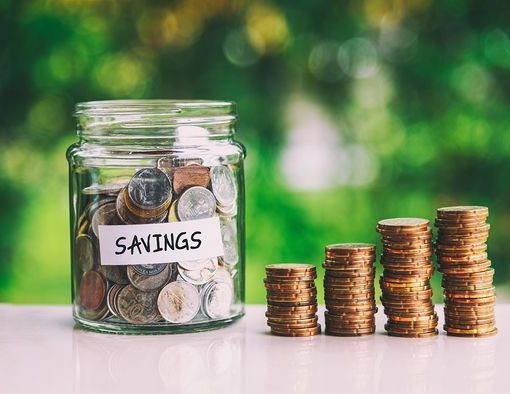WHAT IS RETIREMENT FINANCIAL PLANNING?
Retirement means, beginning of a new Adventure.
Retirement Planning is a process of planning your lifestyle and finances, to have a roadmap of your personal and financial life for post-retirement, which will help you to meet all your life’s expenses post-retirement.
To achieve a confident retired life your finances needs to be planned and invested properly so that you can reap the benefits during your retired life.
Hence, Financial Planning is a comprehensive term, which includes retirement planning, as well as, lifestyle planning.
Retirement is certain, it’s inevitable, and you continue to live even after retirement. Moreover, with the growing life expectancy, the expenses will exist for longer for both the expected and unexpected expenses.
Expected expenses encompass routine cost of living expenses, education fees, loan payments, investments etc.
The unexpected expenses encompass medical emergency, loss of a job etc. A retirement plan can help you to meet these expenses.
Retirement planning that includes financial planning and lifestyle planning, gives you an opportunity to continue spending the golden years of your life with the same or better lifestyle that you enjoy currently.
This will help you to stay financially independent and take care of your day-to-day expenses as well as any medical emergencies throughout your retirement life.
Hence, having a retirement planning is the key to remain financially secured, respectful, and confident retirement life.
Your financial health in present terms will help you to determine the corpus you would require to live a confident post-retirement life, it will also help you to define a course of action to achieve a sustainable retired life plan.
You can measure your financial health on the basis of your income and the liability you bear.
Here are three simple finance rules that you can start with –
#1 Debt v/s Income
Your debt v/s income ratio should ideally be approx. 30%. Which means, you must not spend more than 30% of your income on loans, EMIs, or interest.
#2 Savings v/s Income
Ideally, you should be saving at least 20% of your monthly income to save and invest.
#3 Emergency Reserve
You should set aside at least two years of use-to-lifestyle expenses as an emergency fund.
Hence, it is always advisable to first invest and then spend of what is left.
Create your budget and abide by it. Your budget will help you to monitor and track your expenses on a monthly basis.
By the end of a quarter, you will have quite an idea on where your money is going, and you will be able to streamline and manage your expenses. Resultantly, you will be able to focus more on investment and wealth creation.




